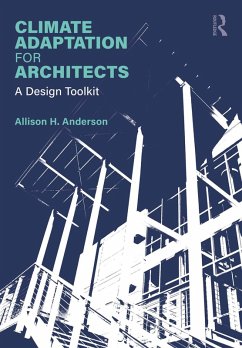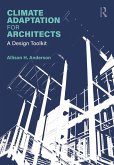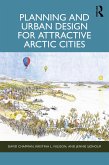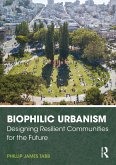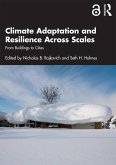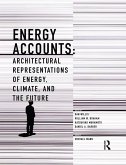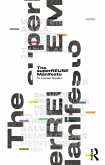- Understand the risks posed by climate change to the built environment.
- Reduce the risks to people and the built environment from natural hazards.
- Reduce human vulnerability to shocks and stresses by strengthening resilience and adaptive capacity.
- Design the built environment to adapt to changes over its lifetime.
- Design buildings and cities to reduce dependence on fossil fuels.
- Preserve biodiversity and support natural resources.
Climate Adaptation for Architects presents 45 adaptation tactics responding to the most consequential effects of climate change: heat, water, wind, and resource scarcity. Each chapter includes images, a definition, background information, key design considerations, potential impacts, and resources for further information. This is a valuable resource for every architect, landscape architect, urban planner, developer, and policymaker.
Dieser Download kann aus rechtlichen Gründen nur mit Rechnungsadresse in A, B, BG, CY, CZ, D, DK, EW, E, FIN, F, GR, HR, H, IRL, I, LT, L, LR, M, NL, PL, P, R, S, SLO, SK ausgeliefert werden.

